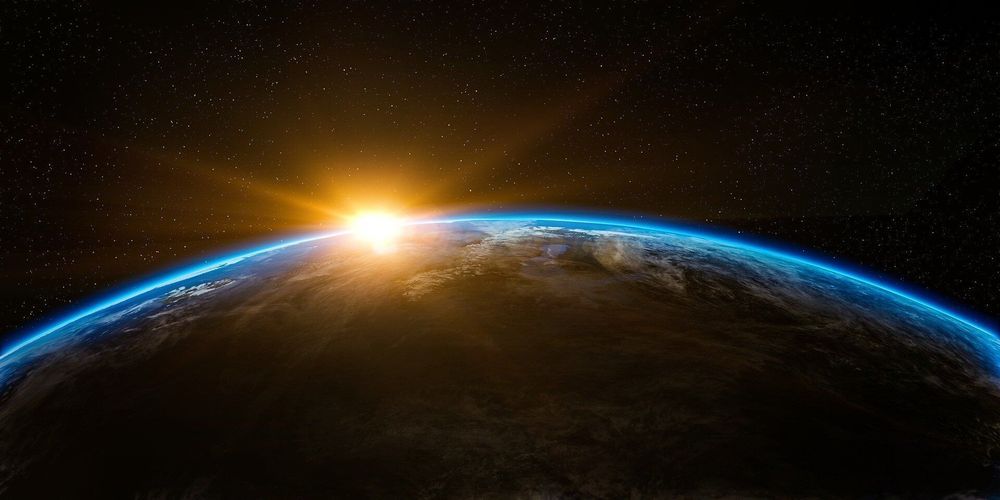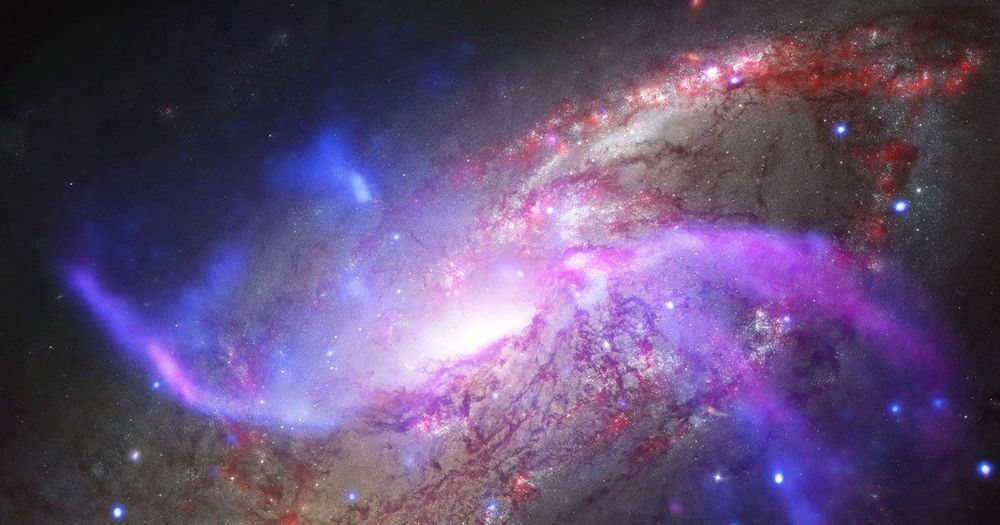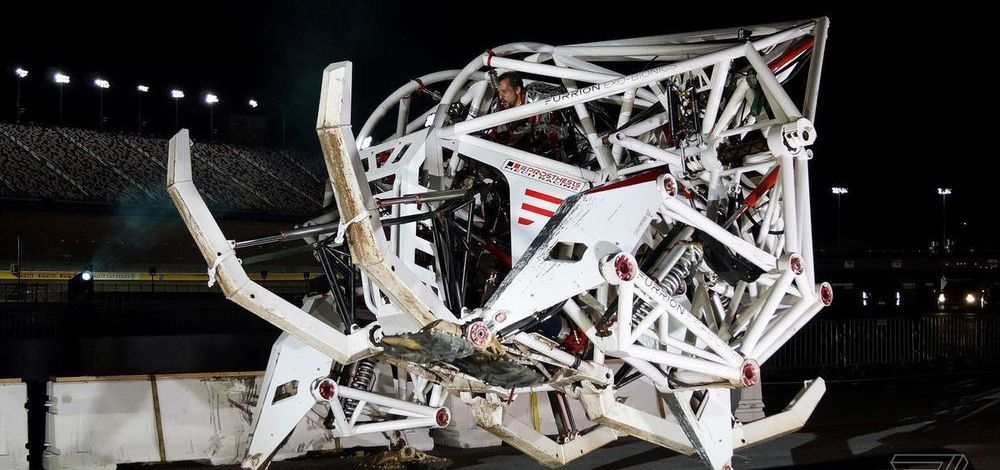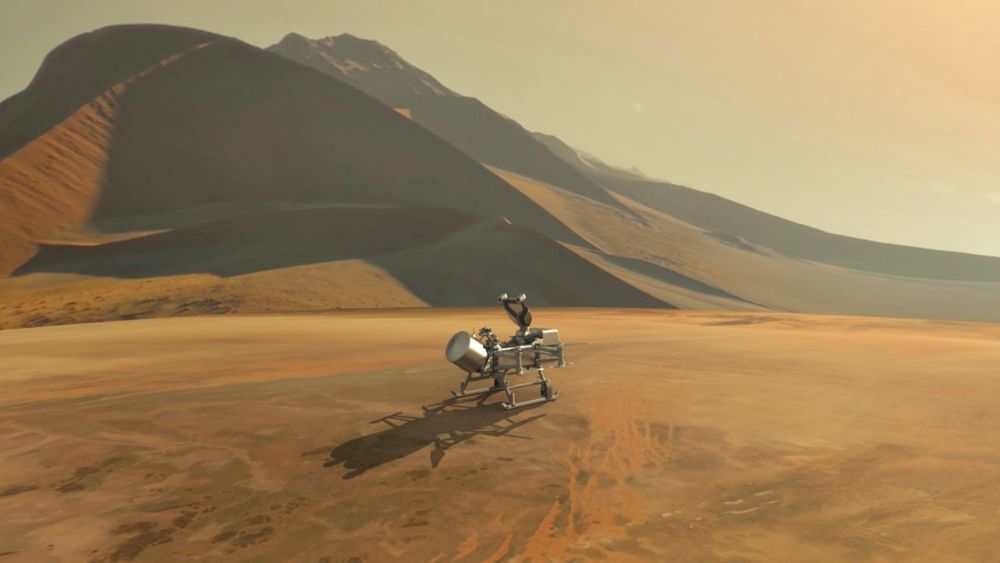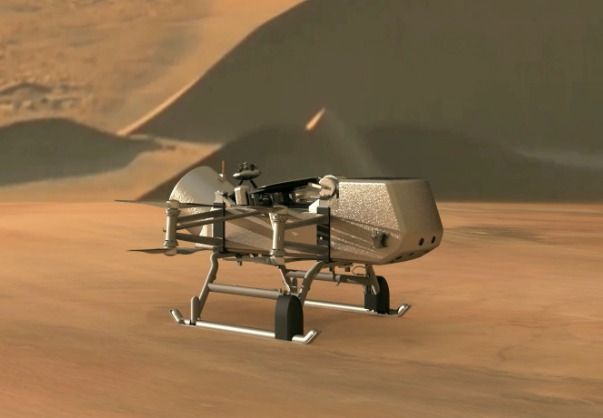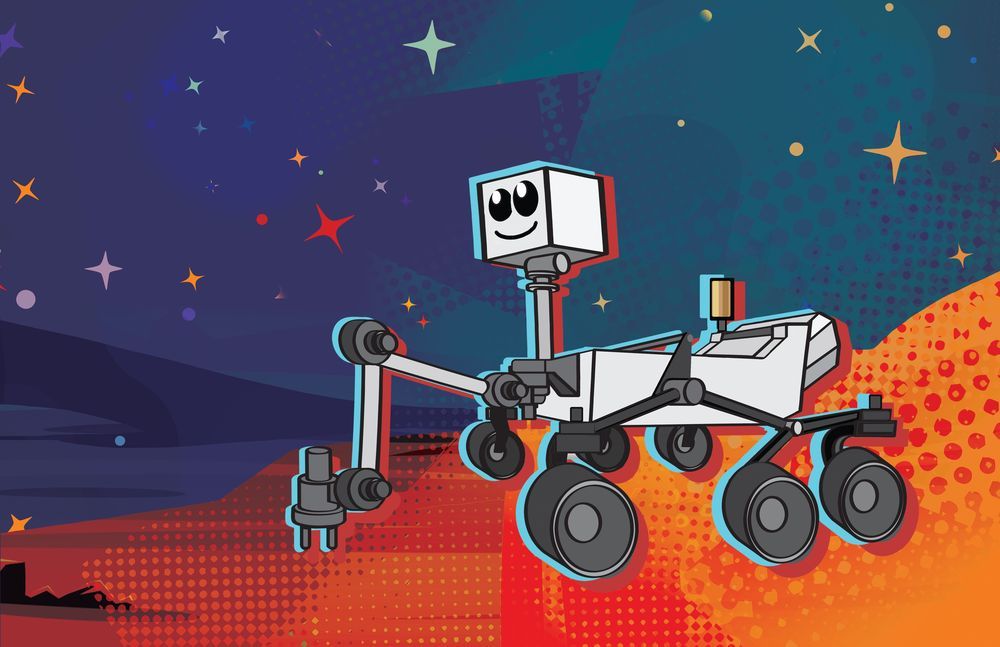Do you know how to maintain a family-sized garden without unlimited soil, natural sunlight and Earth’s gravity? If the answer is yes, then call NASA.
The Fairchild Tropical Botanic Garden in Miami in partnership with NASA is calling all “makers” to participate in its “Growing Beyond Earth Maker Contest.” The challenge is to reinvent the systems used to grow edible plants on the International Space Station and beyond.
Fairchild and NASA began their partnership in 2015 to find more ways to sustain plant life in space. Last summer, the botanical garden received a nearly $750,000 grant from NASA to support its Growing Beyond Earth Innovation Studio, a community work space dedicated to the technology of growing food.
